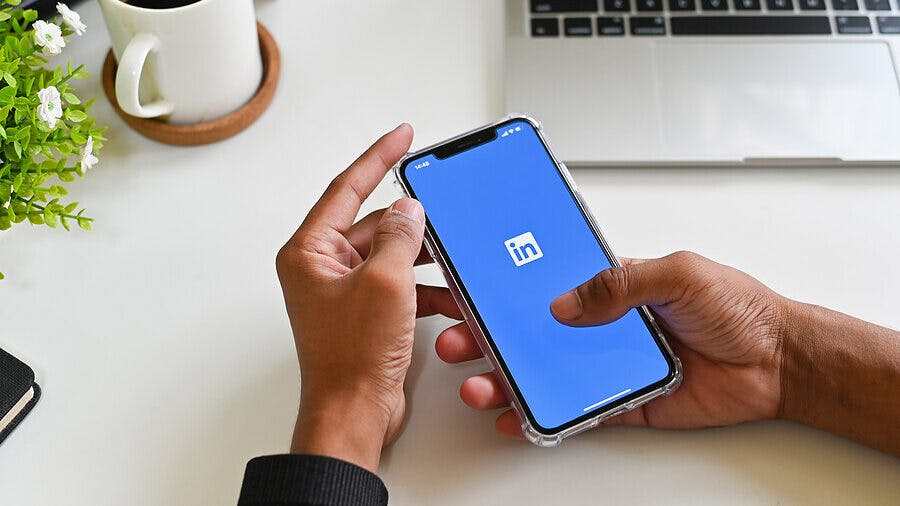Last week, LinkedIn announced that it will start introducing a range of AI-enabled features meant to create greater profile personalization and write job posts. The new functions will be largely powered by Microsoft’s Open AI’s GPT-4 technology (Microsoft owns LinkedIn).
In other words, GPT has finally come to LinkedIn.
As with ChatGPT, the AI that LinkedIn is embedding is meant to add account for context learned from, as the company’s Editor in Chief Daniel Roth states, “10 billion years of professional experience.”
Roth explains that given LinkedIn’s many users over the platform’s history, there have been “[b]illions of trials and experiments, of mistakes and successes, in nearly every country and every industry. That’s an incredible store of knowledge.” The new features are meant to draw on all that information to assist users with a range of actions on the site.
Job posts. LinkedIn claims that its research shows that 75% of recruiters and hiring managers hope that generative AI can free up time for more strategic work. It also says that two-thirds hope that generative AI can help them uncover new candidates.
With that in mind, recruiters will be able to input very basic information about a job, like title, company name, location. The AI will then develop a recommended job description. There’s also the ability to pick someone in your network who has similar skills for the position so that the technology can spawn a more accurate description.
This feature is initially being tested in the U.S., India, the U.K., Canada, and Australia, before plans to go global later in the year.
Profiles. It’s no secret that many people often struggle to write social-media profiles. The new features, which are initially being offered to paying Premium users, aim to make writing easier by offering AI-generated summaries in the “About” and “Headline” sections of profiles.
For example, a member would be able to pose a question like, “How do I summarize my accomplishments?” and the system will respond with an AI-written suggestion that the person can then edit.
“Our tool identifies the most important skills and experiences to highlight in your About and Headline sections, and crafts suggestions to make your profile stand out,” LInkedIn Chief Product Officer Tomer Cohen writes.
However, as TechCrunch writer Ingrid Lunden cautions, “[If the aim of the profile description is to get an idea of the person you are potentially recruiting or networking with, you are getting further from that essence by using AI to generate those descriptions. Ultimately, that might mean more rather than less wasted time for recruiters and others who might be checking out a profile and looking to make a connection.”
Furthermore, Lunden points out that LinkedIn will not be clarifying when AI has helped to create profile copy. Consequently, it becomes impossible to discern if someone has the skills to summarize their work or if their profile is truly in their voice.
Articles. Additionally, LinkedIn had announced earlier that it will also enable people to create “collaborative articles.” These pieces begin as AI-powered conversation starters to which “relevant member experts” can contribute.
“Because starting a conversation is harder than joining one, ”Roth writes, “these collaborative articles make it easier for professionals to come together and add and improve ideas — which is how shared knowledge is created.”
To educate users and acclimate them to the new features, LinkedIn is offering free courses through June 15, including “What is Generative AI,” “‘Security Risks in AI and Machine Learning,” “Responsible AI,” “Self-Supervised Machine Learning,” and “Artificial Intelligence for Business Leaders.”
